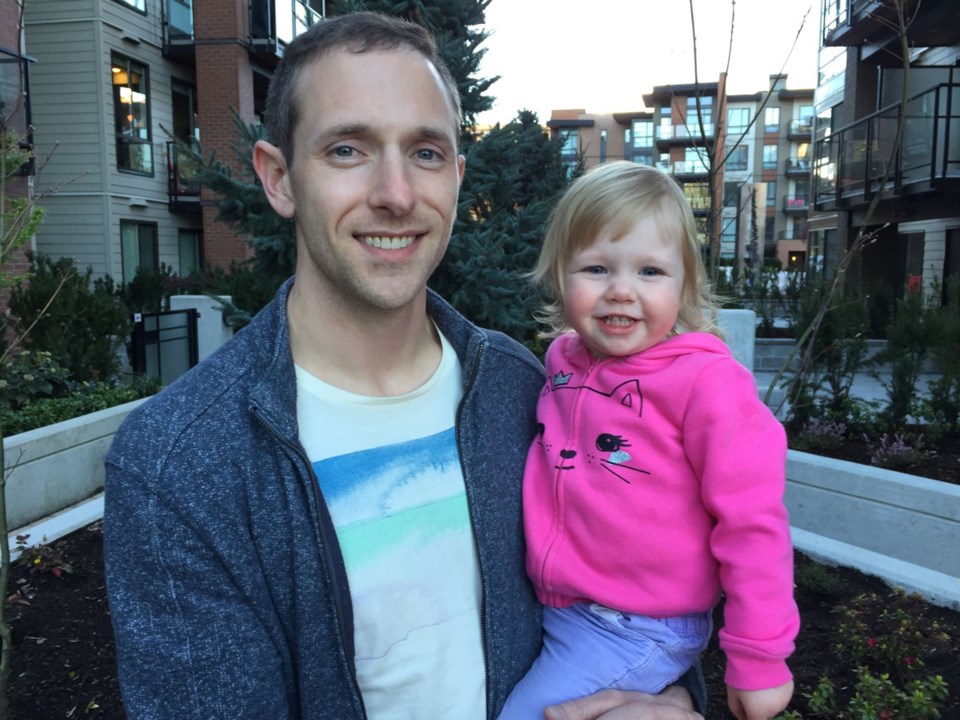Laef Kucheran is still in Grade 10, but the 15-year-old has developed a website and app that residents can use to learn about their provincial election candidates, and even send them a message.
“The idea is to get it [the information voters need to make an informed decision] all into one place,” says Kucheran, who began working on VoteMate last May for an independent study project at Inquiry Hub Secondary School in Coquitlam. The digital tool breaks down the disconnect between candidates and their constituents, Kucheran says, by making it easier for people to contact party members and find bio and platform information.
Of the 370 candidates registered through Elections BC for the 2017 provincial election, 122 were signed up on VoteMate as of April 25.

Similarly, Election Guide BC founder Michael Dorsey says his website, which listed the bios of 91 candidates and had an average 150 site visits each day as of April 24, acts as a one-stop shop for assessing the platforms of political parties on key issues. Dorsey sends the parties and candidates a questionnaire to make it easier to compare their positions.
“It can be hard to find information about the individual candidates,” says Dorsey. Yet, he adds, “this is the person who you’re going to send to Victoria, and they’re the one you talk to if you have issues with government. So I think it’s equally important to be informed about the parties and individual candidates.”
Online engagement tools are playing an increasingly important role in political processes. In this day and age, you’d be hard-pressed to find a political candidate or movement without a website or social media feed – most likely because a strong digital presence can translate into greater voter support.
Barack Obama’s social media engagement is credited with helping him win the 2008 and 2012 US presidential elections, and current US President Donald Trump is known for communicating with the public through tweets. Social media was a key component in the 2011 Arab Spring protests. And we won’t soon forget the many photos of Justin Trudeau – including the topless boxing images – that circulated on social media during the most recent Canadian federal election.
Online tools break down barriers between candidates and constituents even further by giving members the public the opportunity to get responses to their questions directly from the horse’s mouth.

Hilary Farson, who co-founded Turn Up YVR, a non-partisan organization that bused young voters to advanced polls during the 2015 Canadian federal election, says she would like to see more politicians get involved in online discussions with constituents.
“Some of it is about putting the time and resources into having more robust online teams so that you have staff and people who are available to respond [to] and engage” with the public, says Farson. “It’s about prioritization.”
Social media is often where the underrepresented youth vote goes to get their information and become involved in political campaigns, Farson says, and motivating the 18- to 35-year-old demographic to vote is something that political parties should place on their front burners.
Whether social media played a role or not, according to Elections Canada, the 2015 Canadian federal election saw the number of 18- to 24-year-olds who cast a ballot jump 18.3 per cent, from 38.8 to 57.1 per cent of eligible voters, compared with the previous federal election. There was also a 12.3 per cent increase in eligible votes from those aged 25 to 34, although the 55 to 74 demographic remained the most likely to vote, with over 70 per cent of eligible voters casting a ballot in the past two federal elections.
One of Kucheran’s hopes is that digital tools will encourage youth to get more involved in elections earlier on.
“The voting age is 18 so that you have the first years of your life to learn what you need to, to make an informed choice,” says Kucheran. “If you don’t use some of those years, what’s the point of that voting age?”



